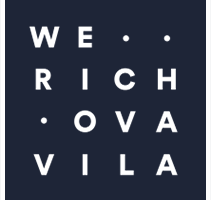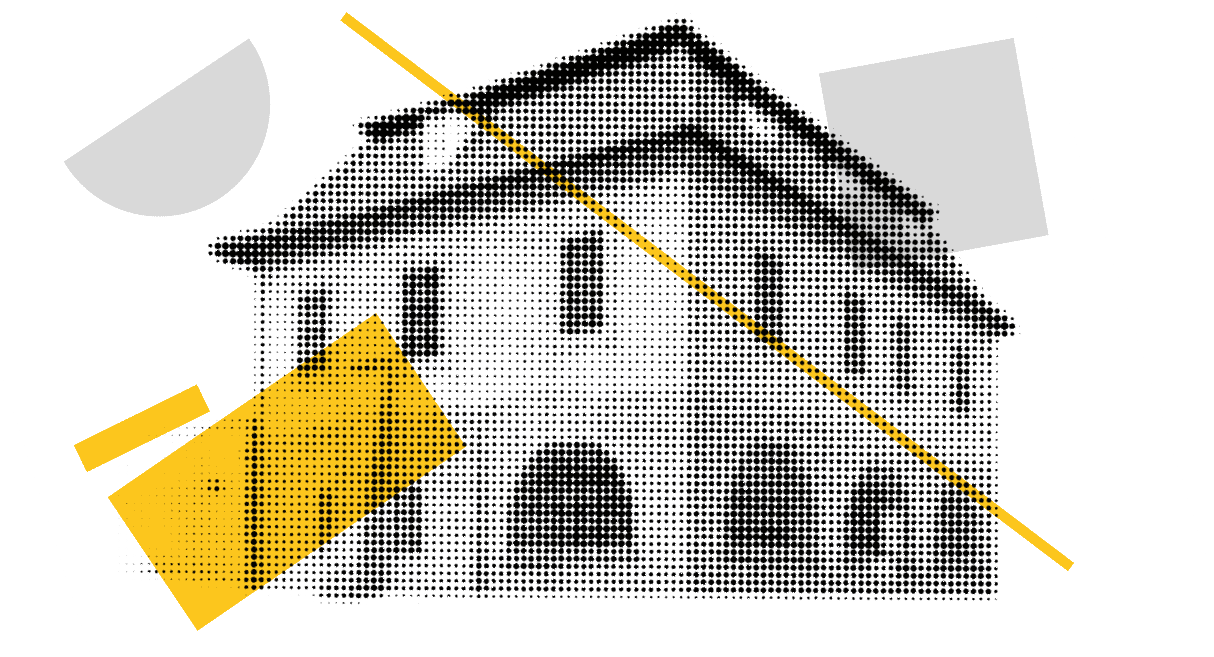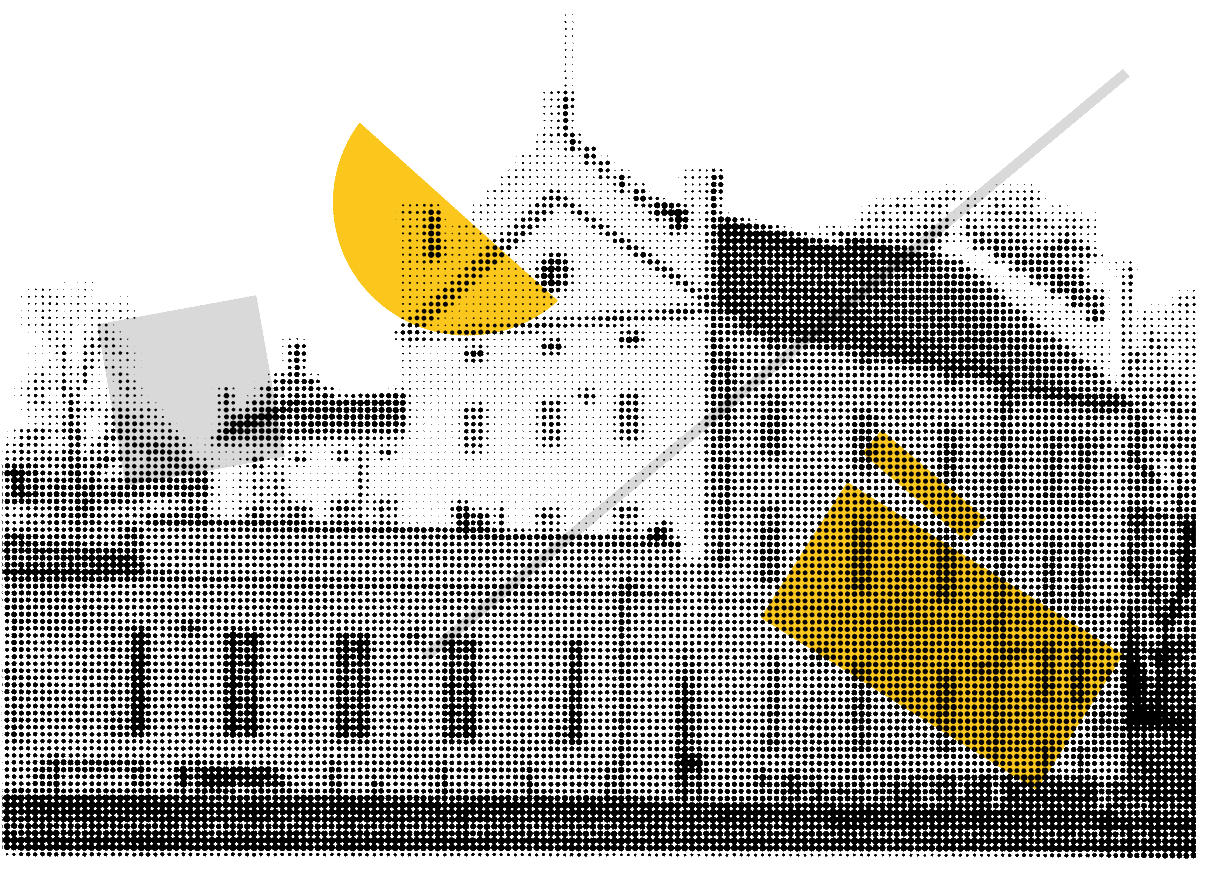The Werich Villa Art Centre is an open multicultural platform offering permanent exhibitions as well as theatre performances, concerts, discussions and creative workshops for a wide spectrum of visitors. The Werich Villa, together with the nearby Kampa Museum art gallery, was established and is operated by the Jan and Meda Mládek Foundation.
The permanent exhibitions in the Werich Villa and the program of live and performance arts are oriented primarily on the life and work of the actor, playwright and writer, Jan Werich, while presenting, in a wider context, the transformation of the cultural, social and political life in Czechoslovakia during the course of almost the entire 20th century. The exhibit also commemorates Werich’s lifelong creative partner, Jiří Voskovec, the phenomenal composer Jaroslav Ježek, and also other personalities that lived in the villa in the last century (the poet Vladimír Holan, historian Zdeněk Wirth, etc.). The aristocratic Nostitz family, who owned the building in the past, is also mentioned.
The pleasant visitor facilities with a café is moreover a wonderful place for planning a tour of the city of Prague or for enjoying a break on Kampa, the most beautiful urban island in the world.




